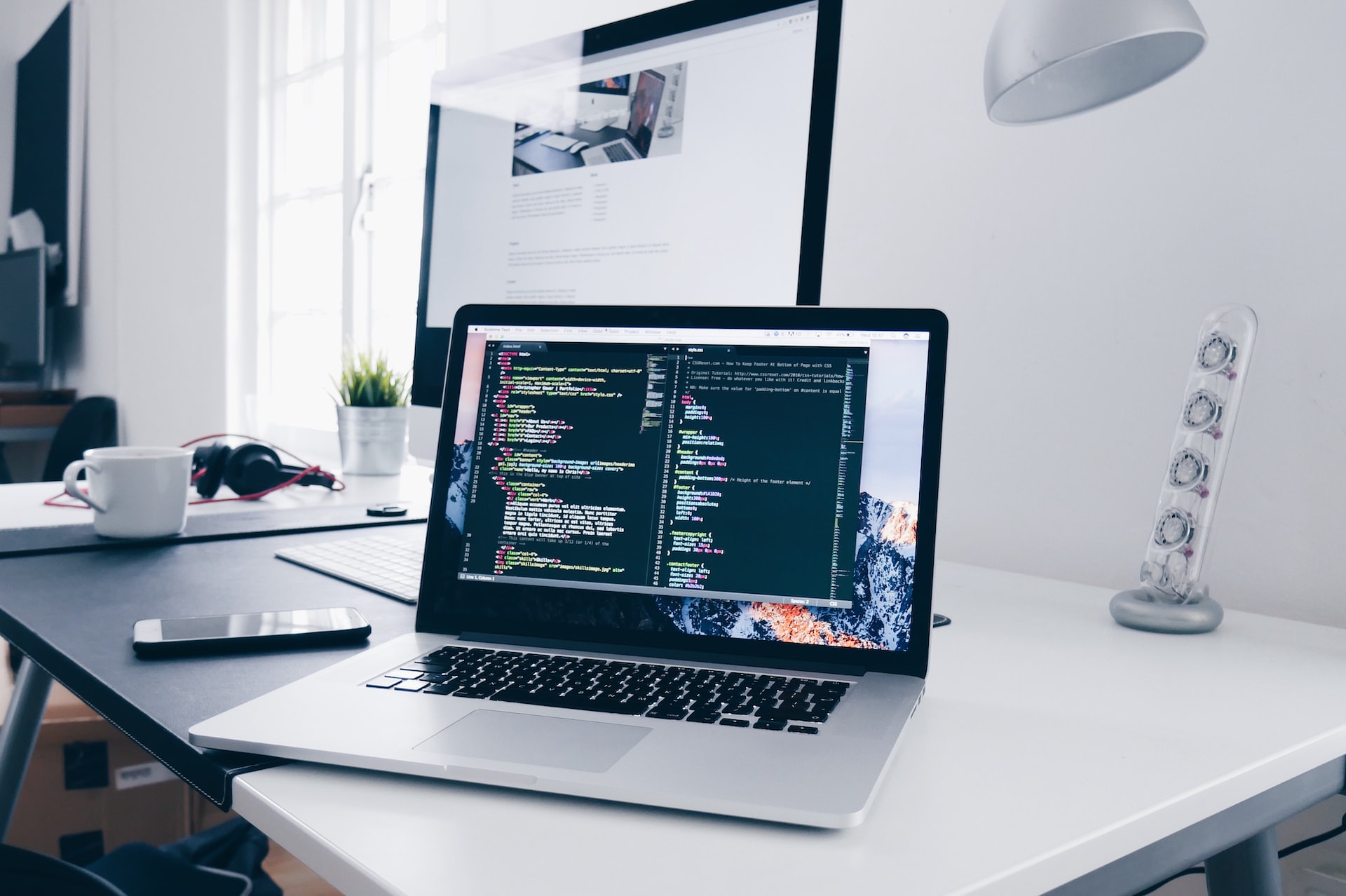Inputting commands that computers understand to build apps, websites, and software is known as coding. It is a programming language that delivers instructions as understood by computers. Apart from the strict rules of the programming language, there are some best practices you need to follow when coding on Mac. They can enhance your prowess and ensure you follow the universally accepted coding etiquette.
Choose a code editor
Code editors are typically used by programmers to edit and write code as well as to develop software. They are also used for developing applications and designing websites. Code editors have features such as syntax highlighting, indentation, and auto-completion for faster coding. They take less time and energy than text editors.

You need to know which code editor to choose depending on your project, coding goals, skill level, and the set of features each code editor has. In other words, you need to know what to look for in a code editor. Make an informed decision by looking at the offerings of each code editor. But most importantly, make sure it is fast and matches the resources of your Mac.
Ensure enough storage space
When it comes to coding or programming, a Mac is better than any other computer because it can handle almost all applications effectively. But before you start working on your Mac, ensure it is appropriately equipped. If it is running slow, you need to free up Mac space so that it has the necessary storage to operate efficiently. Additionally, ensure that the OS is installed properly and that it does not contain any malware. Otherwise, it can lead to a security lapse.
Some simple steps, if done regularly, can also help improve the speed of your Mac, such as using Activity Monitor to turn off resource-hungry applications. Also, delete cache files, run maintenance scripts, and get rid of unused apps by uninstalling them.
Know the code language
Once you get your Mac set up, choose the code language for programming. Luckily Mac has an inbuilt code language that is simple to use without any training. It is a robust code known as Swift that can be used to develop any app. Anyone can code with Swift, irrespective of their proficiency level.

When you code on Swift, you type on the left, and the preview appears on the right. Also, it enables you to use simple words to code. There are also other in-demand computer languages, such as Scratch, Java, and Python, that are compatible with Mac. Overall, if you are using a Mac, you don’t need to have much expertise. However, choosing an appropriate coding language is a must if you opt not to use Swift.
Comments on your code
Inexperienced programmers never leave any comments while coding. This is a bad practice. Remember that your code will eventually be updated or modified over time. Put differently, sometimes developers may come across your code. A code or sections of them without any comments left poses a challenge for other programmers. This is especially true if you are working in a group where a team may be coding a particular section.
Examples of comments include labeling sections, setting reminders, dividing into segments, or remarking that it needs updating. The compiler ignores the comments in coding, meaning they are never processed and do not get passed to the final work. Their purpose is to make the programmer understand it, especially when they return to work in the future on unfamiliar scripts.
Consistent indentation and formatting
You need to use a consistent form of indentation and formatting while coding. The happy news is that there is no right or wrong way of indentation and formatting. However, it must be consistent, meaning you cannot change the style halfway through. Ideal coding indentation and formatting include correct line length, spacing, breaks, and wraps.

Programming code can be organized and readable if programmers employ a consistent method throughout. For example, while spacing, some programmers use 4 spaces, while others only use 2 spaces. Irrespective of what style you choose, stick to that style and use it throughout your application.
Conclusion
Learning the best practices of coding is a great way to start your programming career. Adapting them and sharpening your skills will further your professional development as a programmer. And for developers who have already started their journey, these best practices would make them more efficient.

